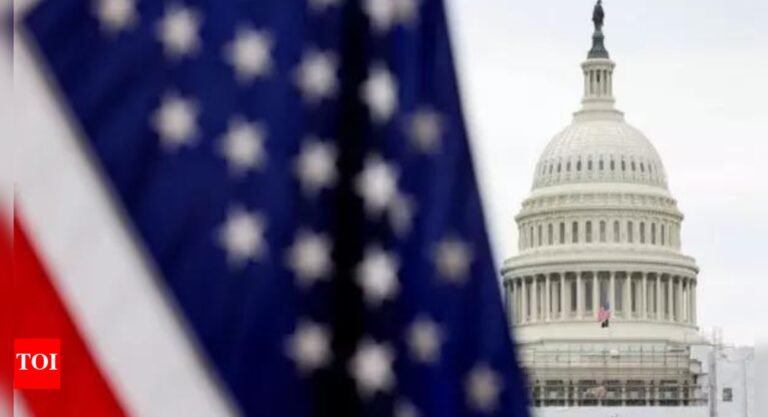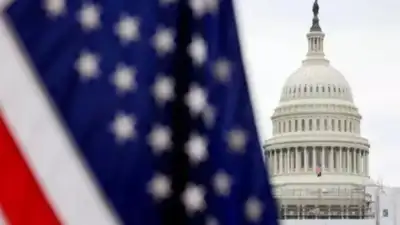Asian currencies are expected to appreciate against the US dollar in the long term, driven by higher gross national savings in emerging Asian economies compared to developed G7 nations, according to a recent report by Jefferies.The report pointed out that the gross national savings in emerging Asian countries are significantly higher, providing these economies with a robust foundation for currency strength. “The most likely currency bloc to enjoy long-term appreciation against the US dollar remains Asian currencies in what amounts to a reversal of the dynamic triggered by the Asian Crisis nearly 30 years ago,” the report noted as quoted ANI.This shift, the report added, not only stems from changes in US trade policies under the Trump administration but also reflects the growing financial strength of many Asian countries.The Jefferies report further highlighted that the Trump administration’s focus on targeting mercantilist economies has played a role in shaping this trend, with Taiwan being noted as the leading practitioner of mercantilism in the region.Beyond trade policies, the report emphasized the region’s substantial savings, which are key to supporting currency appreciation. In 2024, gross national savings in emerging Asia (excluding Taiwan and Korea) stood at 39 per cent of GDP, compared to 20.1 per cent for G7 countries and 17.3 per cent for another unnamed group.The report also discussed the economic situation in the United States, noting that the risk of a near-term recession has reduced significantly, primarily due to the Trump administration’s decision to step back from its previous tariff plans. These tariffs, if implemented, could have led to higher costs for ordinary Americans and acted as a regressive tax in a country already grappling with severe income inequality.According to 2022 data from the Internal Revenue Service (IRS), the top 1 per cent of Americans earned 22.4 per cent of total gross individual income and paid 40.4 per cent of all income taxes. The top 10 per cent accounted for nearly half of the income (49.4 per cent) and paid 72 per cent of the taxes. In contrast, the bottom 50 per cent of Americans earned only 11.5 per cent of the income and contributed just 3 per cent to income tax collections.In 2023, individual income tax accounted for 53.5 per cent of total tax collections in the US.
Trending
- China tightens supply: India’s auto industry seeks govt help on rare earth magnet imports; key EV parts impacted
- Mohandas Pai flags lack of domestic capital for Indian startups; urges policy overhaul; calls for stronger R&D support
- Trump-Musk rift rattles Wall Street; Tesla share slide exposes market fragility; major indexes take a hit
- Real estate market: Major listed firms sell over Rs 1 lakh crore properties; Godrej leads
- Delhi infrastructure project: Centre approves Rs 24,000-crore plan to decongest Delhi; Tunnel to link Mahipalpur to Vasant Kunj
- Tata Steel new plant: $1.5-billion electric arc furnace facility to come up at Port Talbot; UK government gives 500 million pounds
- RBI repo cut effect: HDFC slashes lending rates by 10 bps; new rates already in effect
- Jamie Dimon-led JPMorgan issues stern warning! Job hopping analysts to be fired; ‘if you accept a position with..’
- Myntra goes global: Online retailer launches first international platform in Singapore; targets Indian diaspora
- Market valuation: Mcap of 9 of 10 most valued firms jumps Rs 1 lakh crore; Reliance leads the way



